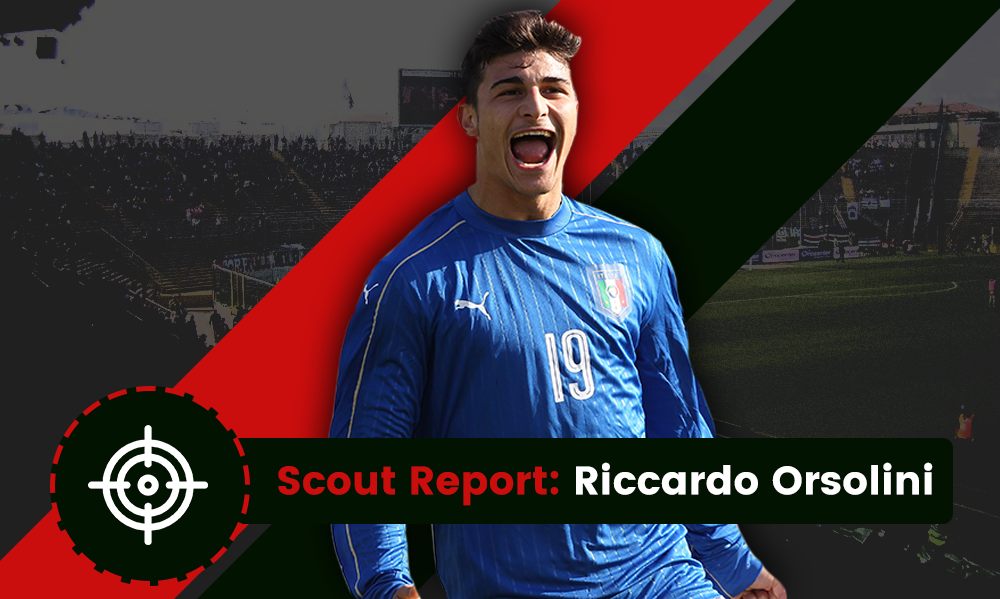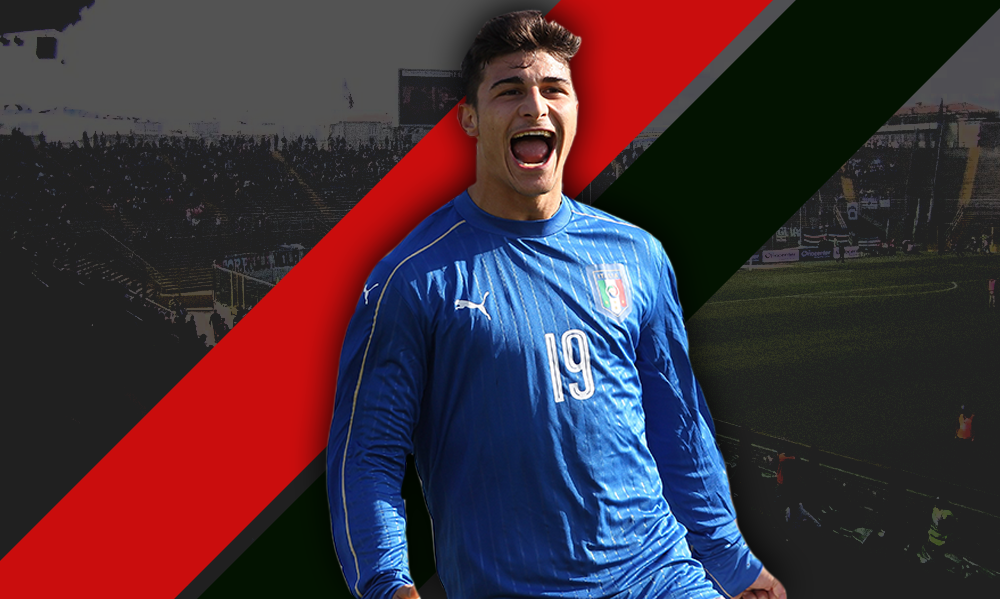The ultra-attacking nature in the early days of the beautiful game (with formations like the 1-2-7 and the WM) saw a great reliance upon wide players. The old-fashioned winger had to be technically adept in order to beat their marker and whip in early yet accurate crosses for the forwards in the penalty box: this was the case of Sir Stanley Matthews, who inspired Blackpool’s 1953 epic FA Cup final comeback in what was considered the first major TV audience for a sporting event. Crossing and mainly dribbling were the key attributes of orthodox wide players like Mané Garrincha, one of football’s greatest players.
Unfortunately, the traditional winger met his doom with the introduction of a back four: Gustáv Sebes’ experimental version with Hungary against England in 1953 deprived the #7 and #11 of that attacking power they had against fellow WM systems, forcing them much later on to drop deeper in search of space and act as extra midfielders who still kept their main functions, as well as more taking up more defensive duties: a perfect example is Ryan Giggs, one of the Premier League’s iconic players.

The advent of the 4-2-3-1 in the 2000s-2010s lead to the introduction of the “inverted winger”, with players like Cristiano Ronaldo and Arjen Robben running the show: he is essentially a wide attacking midfielder who has to cut inside and shoot or play a through ball behind the defensive line. This new role has once more contributed to the decline of the old-fashioned winger, but there are some players who mastered both styles of play: this is the case of Riccardo Orsolini.
Who is Riccardo Orsolini?
Riccardo Orsolini was born in Ascoli Piceno on the 24th of January 1997. A product of Ascoli’s youth academy, he joined the first team in the 2015-16 season after his hometown club were promoted to Serie B, earning nine appearances in total. His performances last season (eight goals in forty-one appearances) helped Ascoli to avoid relegation and caught the attention of Juventus, who signed him on a four-year deal in January 2017. He also made his international debut with the Italian U-20 national team last season and lead the Azzurrini to third place during the summers’ FIFA U-20 World Cup, scoring five goals in seven games.
Talent Radar Accolades
What is his Style of Play?
The Italian is essentially a wide player: he can either play as an out-and-out winger in a 4-3-3 or as an inverted winger (his preferred role) in a 4-2-3-1 formation. He is 183 cm (6 ft) tall and weighs 73 kg (161 lbs). Physically strong and blessed with incredible pace and acceleration, he likes to hug the touchline, using his dribbling abilities to beat his marker and cross from the byline, otherwise he tries to cut inside and shoot. Despite being left-footed, he doesn’t mind using his weaker foot especially when playing on the right flank. He is also good in attacking duels and makes intelligent off-the-ball movements when in the penalty box.
What are his Strengths?
Technique: Orsolini has an excellent first touch and ball control. He makes short, quick touches which allow him to keep the ball near his feet and elude opponents in tight spaces, but he can also run with it and be a true nightmare for defenders on fast breaks and counterattacks.
Dribbling: This is probably his best attribute. Orsolini’s skill-set is quite good and he uses different tricks to beat his marker: body feints, ruletas, Cruyff turns, step overs, name it. Last season he attempted 7.6 take-ons per 90 with a 77% success rate which is very impressive;
Aerial Duels: As stated earlier, Orsolini is a physical winger, therefore can be used as a wide target man and is very efficient at it. Ascoli’s direct style of play means that they often play long balls to easily access the final third: it is no surprise then that the Italian youngster was involved in 3.4 aerial duels per 90, with a 58% success rate;
Attacking Runs and Finishing: The youngster has the willingness and energy to burst into the penalty box. He makes quick, smart attacking runs past his marker (normally the full back) and behind the defensive line. His calm and composure in front of goal make him a clinical finisher in one-on-one situations.
Shooting: Orsolini is a sharp shooter and doesn’t mind an effort towards goal. Last season he managed 1.8 shots per 90, mainly aiming at medium-low corners. His shooting technique is more focused on power rather than precision.
End Product: Unlike most wide players, Orsolini has the end product needed to top up his dribbling game. His tally at youth level is very impressive and the same can be said about his contribution last season to help Ascoli escape relegation: eight goals and six assists in his first full season as a professional footballer is a good return for a player of his caliber. At the recent U-20 World Cup he was awarded the Golden Boot as his excellent form in front of goal helped Italy to reach a personal best third place.
What are his Weaknesses?
Passing: Orsolini managed only 13.5 passes per 90 with a mediocre pass accuracy of 75%. In his defence though we have to consider the fact that Ascoli weren’t a possession based team but more of a fast-paced, counterattacking team, so Orsolini saw little of the ball.
Creativity: He managed only nine key passes last season and, despite setting up six goals, his style of play still remains quite egoistical and instinctive, as his dribbling addiction sometimes has the better of him and makes it easier for opponents to dispossess him.
Crossing: Orsolini averaged 2.4 crosses per 90 but had a very poor crossing accuracy. Most of them came from his weaker foot and were early, predictable balls which were easily blocked by the opponents’ defense. If he is able to slow down his game and pick out the right situations to cross, he will become a world-class winger.
Inefficiency and Defensive Duels: The young Italian needs to reduce the number of shots from outside the box which are highly inefficient, as well as work on his defensive contribution: despite being a player of great intensity he still lacks in concentration and discipline when defending.
Conclusion
A couple of weeks ago Juventus sent Orsolini to Atalanta for a two-year loan: this choice was indeed the best for him. Just like the cases of Mattia Caldara and Leonardo Spinazzola, Atalanta can grant him enough game time in Serie A and the Europa League to showcase his qualities as well as develop himself under a defensive aspect. With a brilliant coach like Gianpiero Gasperini, the 20-year-old should be able to improve in his finishing, decision-making, and pressing. Hopefully, he will play a pivotal role in Juventus’ future team which could boast other young, hot prospects like Pol Lirola, Rodrigo Bentancur, Rolando Mandragora and Moise Kean.
























































